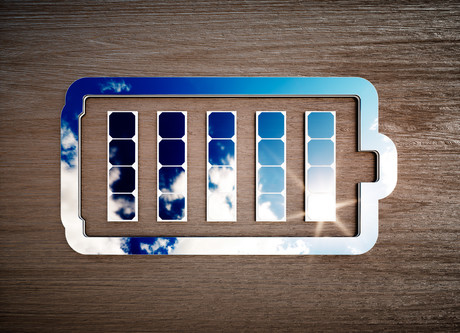ARENA jointly funds Vic's first large-scale battery storage

Two large-scale, grid-connected batteries are to be built in Victoria with the help of the Australian Renewable Energy Agency (ARENA).
Up to $25 million in funding will be provided by the federal government, matching the $25 million already made available by the Victorian Government.
Located near Kerang and in Ballarat, the batteries will collectively provide 55 MW of energy and 80 MWh of storage capacity.
It will be the largest integrated battery and solar farm in Australia — capable of operating at full capacity for two hours or providing power to at least 800 households for 24 hours.
The Ballarat terminal station battery will be supplied by Fluence and owned by AusNet, while the Kerang battery will be owned by Edify Energy and its partner Wirsol. The battery will be supplied by Tesla.
Similar work was undertaken in South Australia, with the state’s grid-scale Tesla battery project undertaken by Consolidated Power Projects.
The Victorian Government’s energy storage initiative will be strategically located and will provide backup power and grid-stabilisation functions as the grid transitions, helping to ensure more affordable and reliable energy in Victoria.
“We are continuing to modernise our electricity grid, strengthen our energy security and deliver real action on climate change,” said Minister for Energy, Environment and Climate Change Lily D’Ambrosio.
ARENA CEO Ivor Frischknecht said that this announcement places Australia as a world leader in battery storage, following grid-scale batteries in South Australia.
“ARENA is excited to be demonstrating the capabilities that these new batteries will provide in securing reliable electricity for western Victoria and to facilitate Victoria’s transition to renewable energy,” Frischknecht said.
“Battery storage will play a crucial role in the future energy mix, alongside other forms of storage and in conjunction with variable renewables and demand management.”
Both batteries will be operated by EnergyAustralia under long-term offtake agreements.
“They will not only allow currently unused renewable energy to be stored instead of wasted, but also inject electricity into the grid at times of peak demand in an area known for transmission congestion,” said Minister for the Environment and Energy Josh Frydenberg.
“Together, they will help lower power prices and stabilise the grid.”
Construction of the two batteries has already begun, with both projects expected to be operational in time for next summer’s peak.
Seven predictions that will shape this year
Pete Murray, Managing Director ANZ for Veritas Technologies, predicts trends that will have a...
Protecting next-gen storage infrastructures
Companies looking to modernise their overall IT infrastructure cannot afford to take a relaxed...
Flash to the rescue when things get tight
When the University of Melbourne's top tier of storage reached capacity, the educational...




